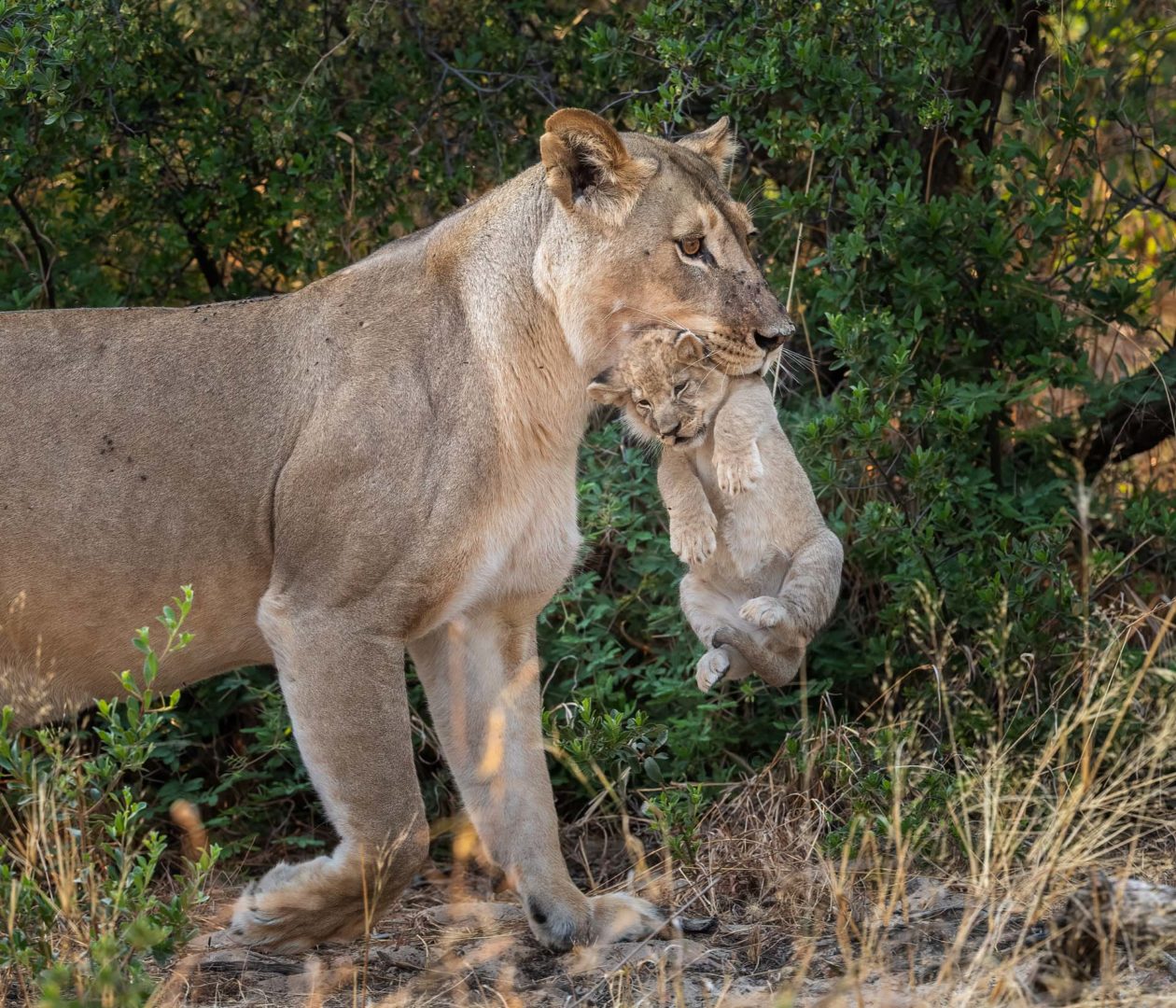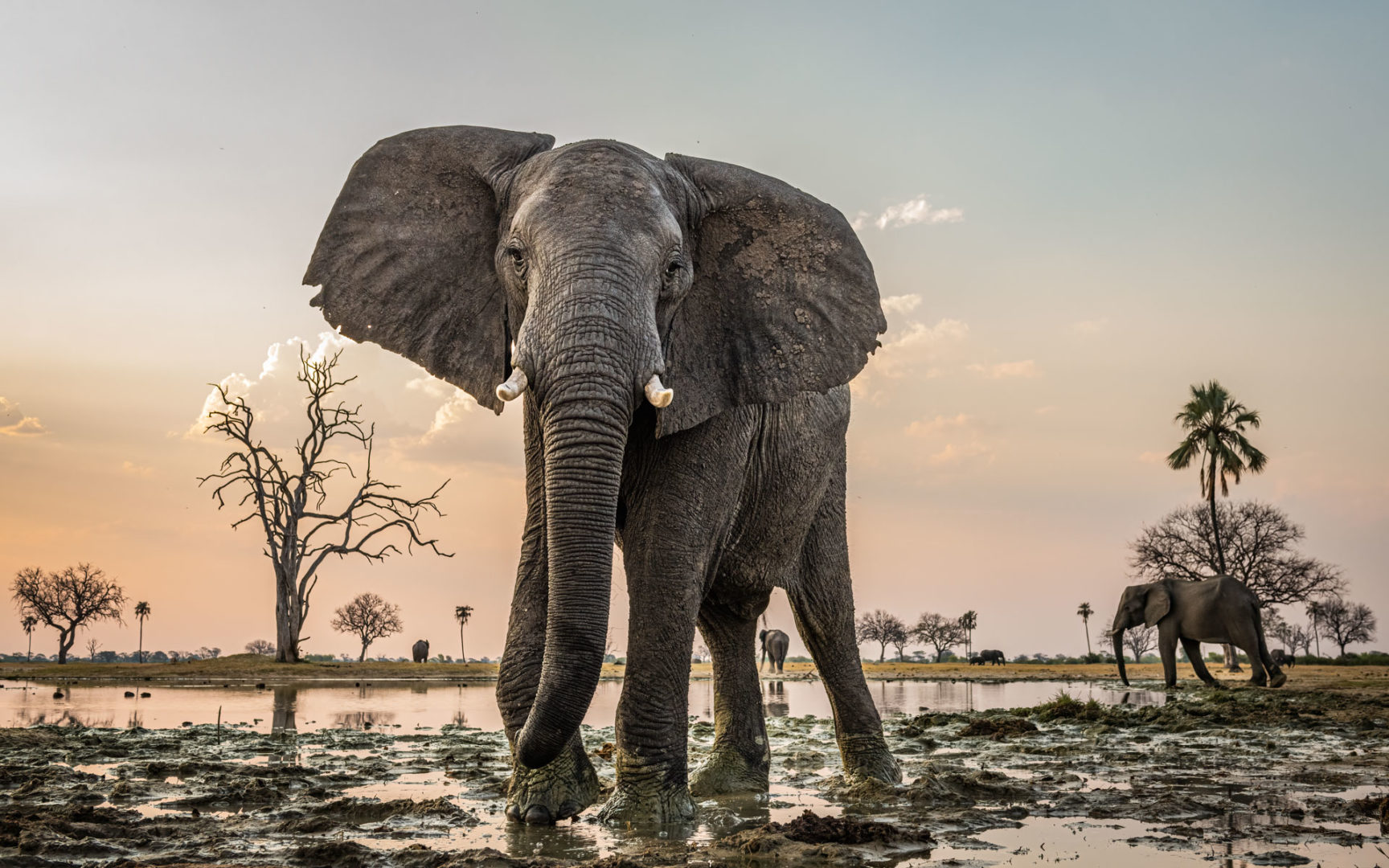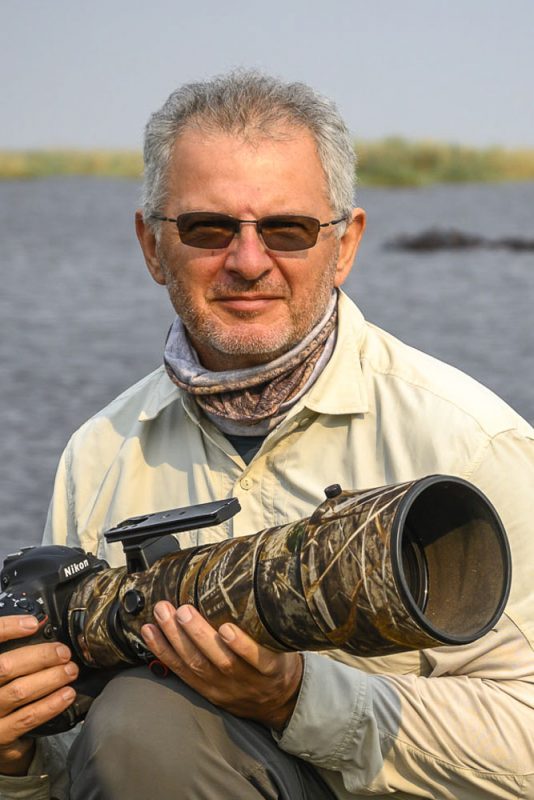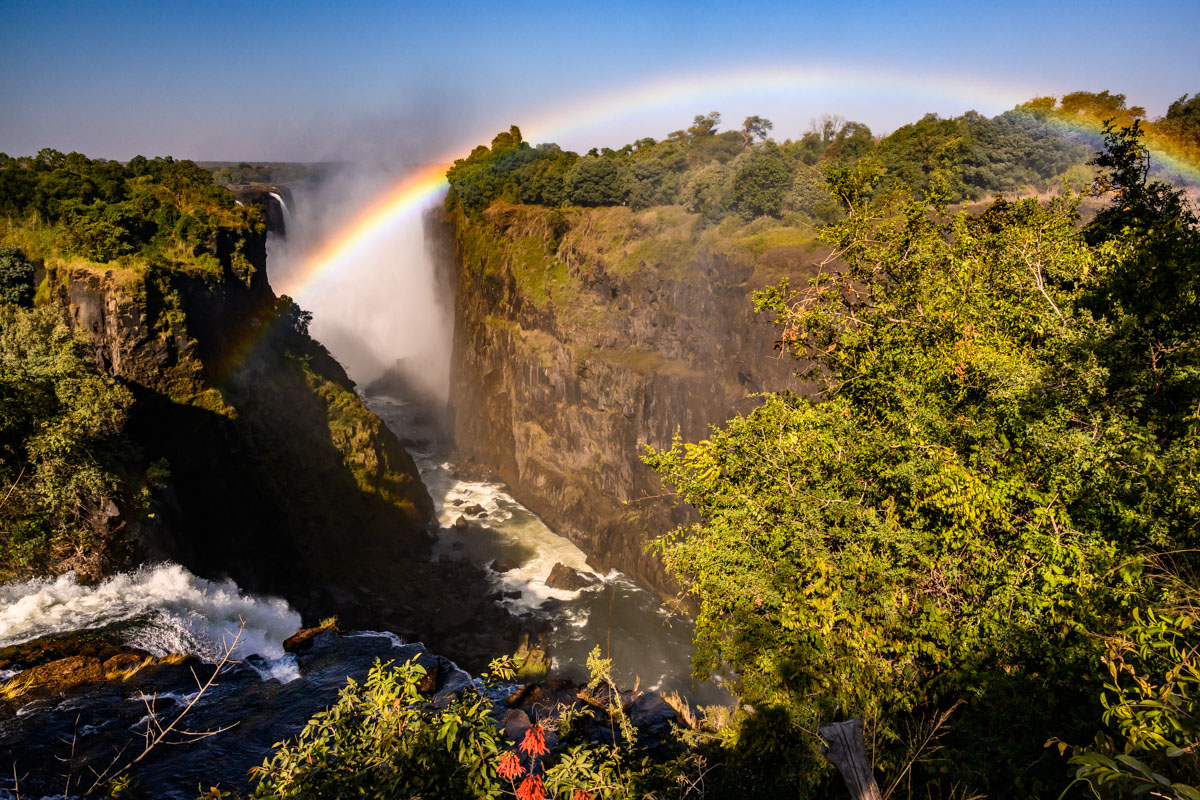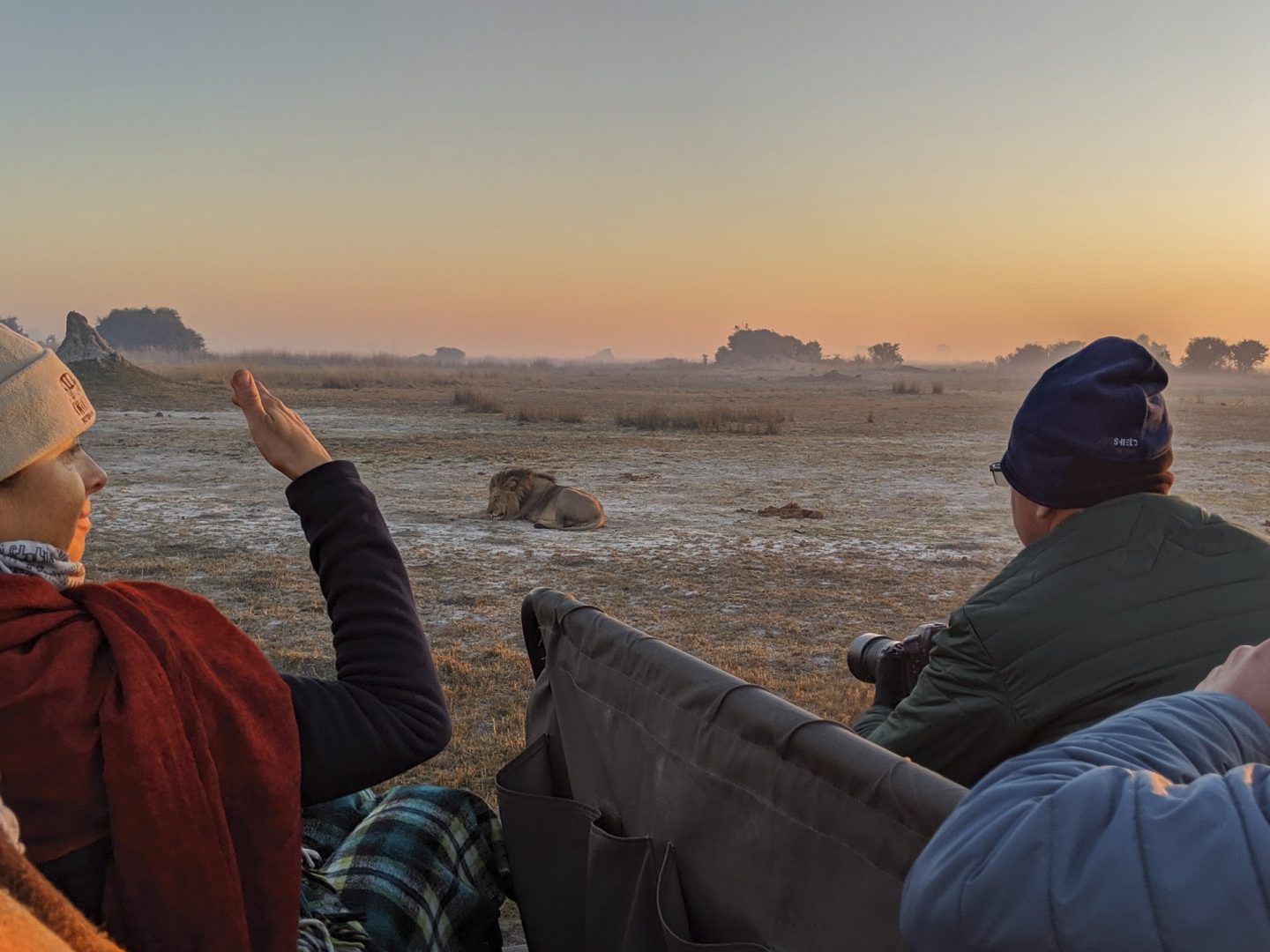My recent trip to scout locations for the new safaris was a total success! I have spent 10 days in central and southern parts of the Hwange National Park in Zimbabwe. In summary – it was all about waterholes, elephants and lions...and I loved it! I visited at the end of September when animals frequent waterholes due to heat of the dry season.
Central part of the park is characterized by quite dense vegetation. Mopane forests damaged by elephants are everywhere surrounding open grass areas with natural and artificial waterholes. Hundreds of elephants move through the park and photographic opportunities around waterholes are countless!
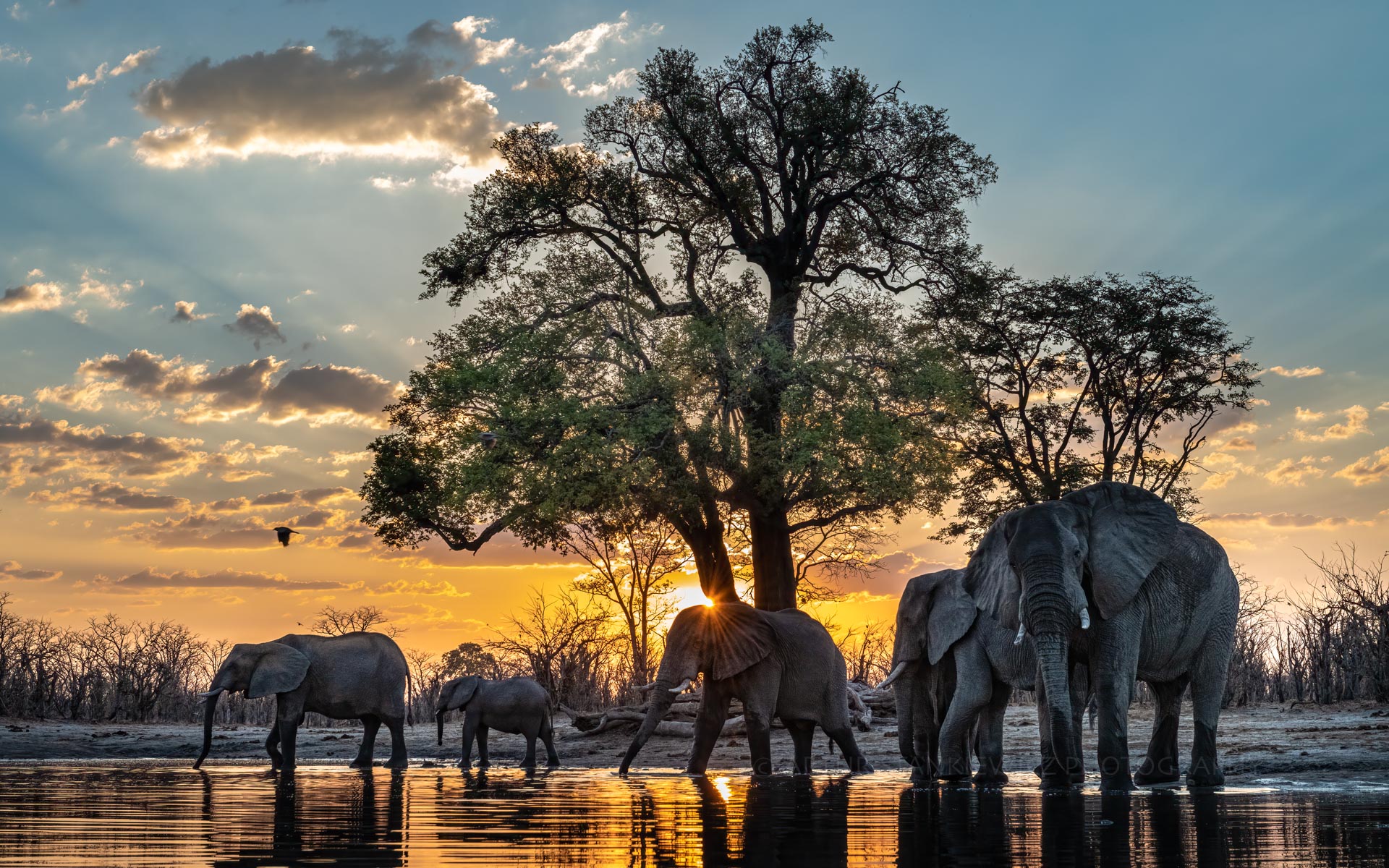
Predators are moving around, however, dense mopane vegetation proves to be a challenge to find spectacular photo opportunities. Area is also rich in general game with iconic antelopes such as Roan and Sable. In order to stay close to the action I recommend Camp Hwange run by exceptionally friendly staff. Facilities are comfortable and location is fairly central.
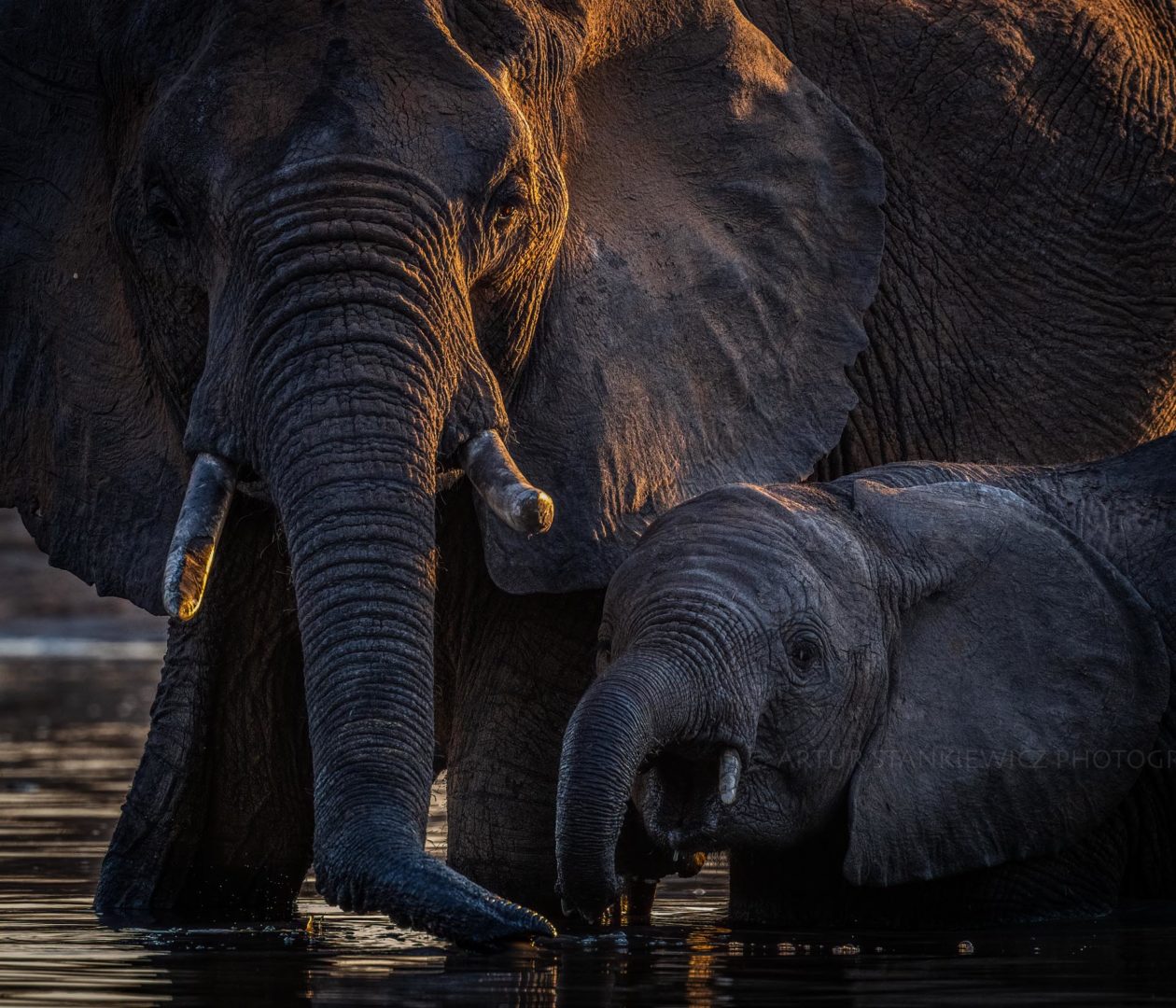
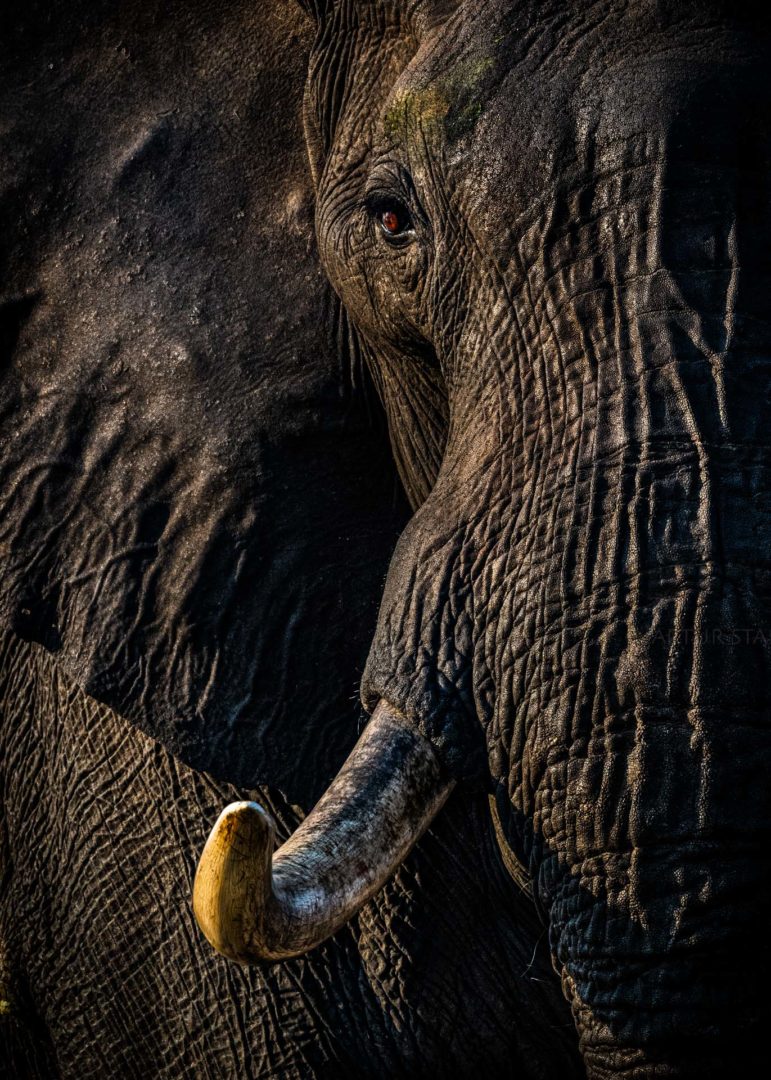
Hwange is the largest natural reserve in Zimbabwe dominated by the Kalahari ecosystem. Its habitats change from dense mopane, through woodlands and to open plains and pans, dotted with palms in the south. The park has tens of artificial waterholes, which are powered those days using solar panels. The water allows animals to stay year round and eases their hardship during the drought.
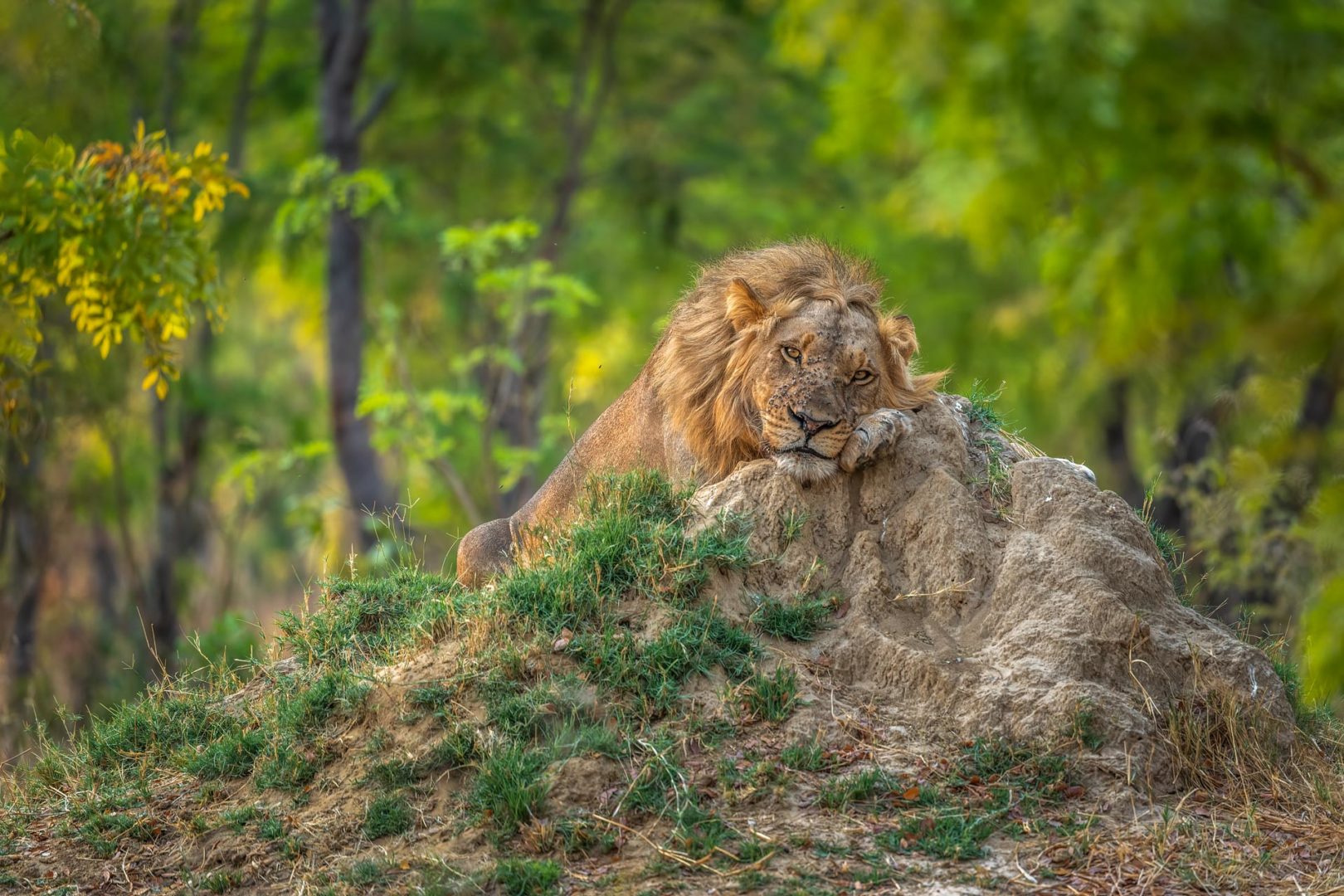
After five days in the Central part, we have moved to concessions in the south of the Park. Drive along the railway separating, infamous hunting concessions from the northern boundary of the park took some 4.5 hours. The habitats changed along the way, mopane giving way to woodlands and finally to open pans with palms. It reminded me slightly of the Makgadikgadi in the green season.
I definitely liked the habitats around Linkwasha, Davison’s camps much more than challenging mopane in the central part. Having saying that, both areas provided solid photo opportunities.
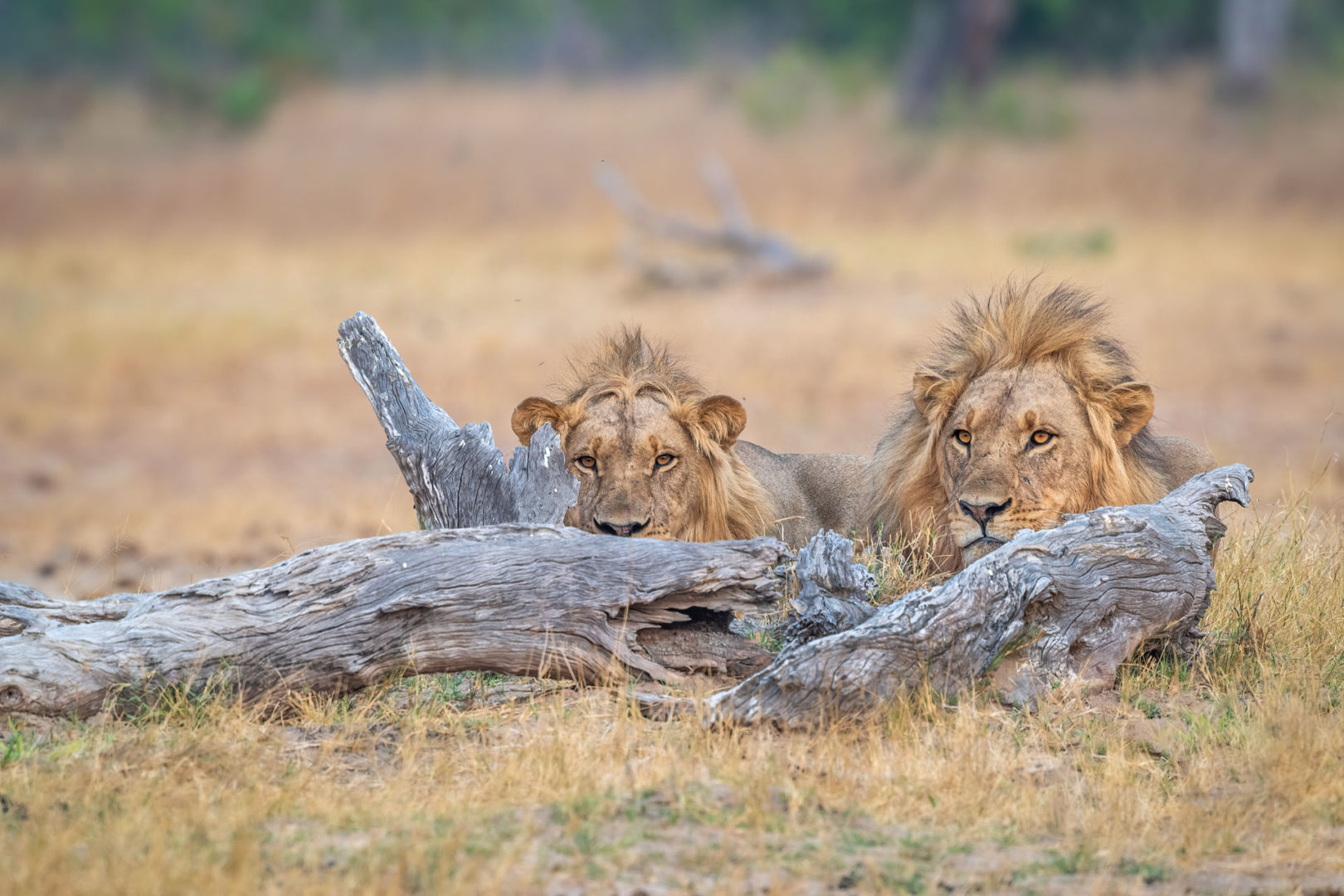
I stayed in Wilderness camp called Linkwasha (free upgrade since Davison’s wasn’t operational). Most of my time was spent following both, Linkwasha and Ngamo prides of lions. Males were very vocal during nights, and we managed to see 3 out of 4 dominant boys. Three females had small cubs of around 5-6 months, 2-3 months and even few weeks old! I only seen the smallest ones on the last morning drive when the female moved the babies into the bush.
One afternoon sighting included a Mexican standoff between large herd of buffalos and two lion males (thats them hiding behind the log on the photo above). This tense situation was resolved with both parties respectfully avoiding confrontation.
Two afternoons I dedicated to try the underground hide positioned in front of the waterhole. I have to say, very nice experience allowing for some unique photographic opportunities using wide angle lens (as the elephant below).
